Copyright 2021 Evolution Reptiles
All rights reserved.
Copyright 2025 Evolution Reptiles
All rights reserved.
All rights reserved.
Home / Food / Live Reptile Food / Isopods
Showing all 11 resultsSorted by popularity
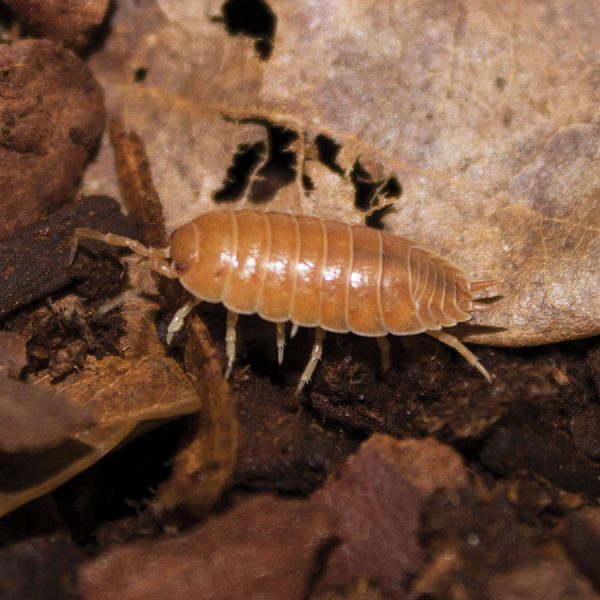
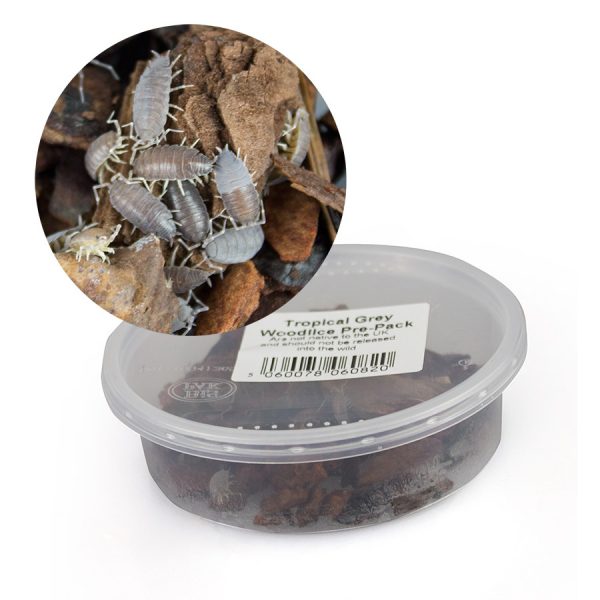
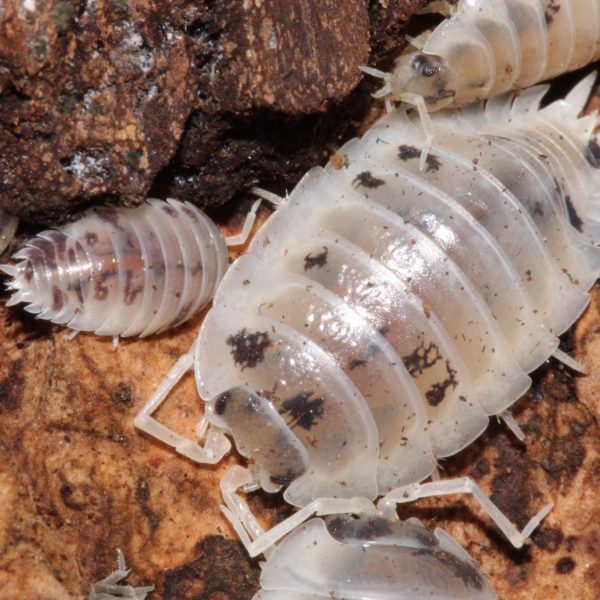
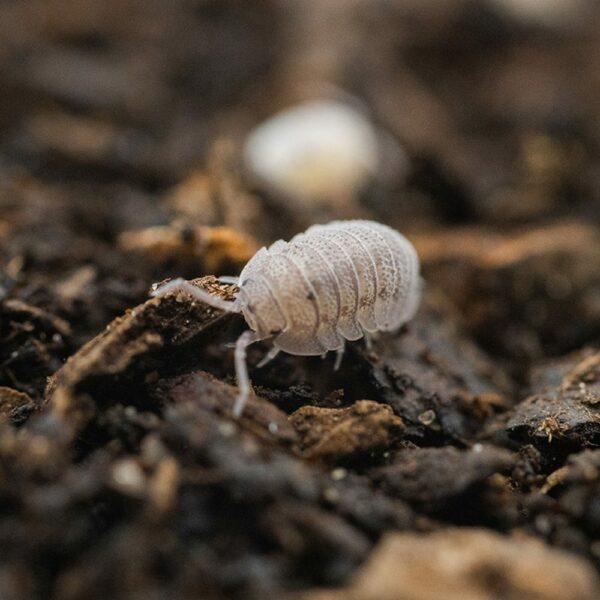
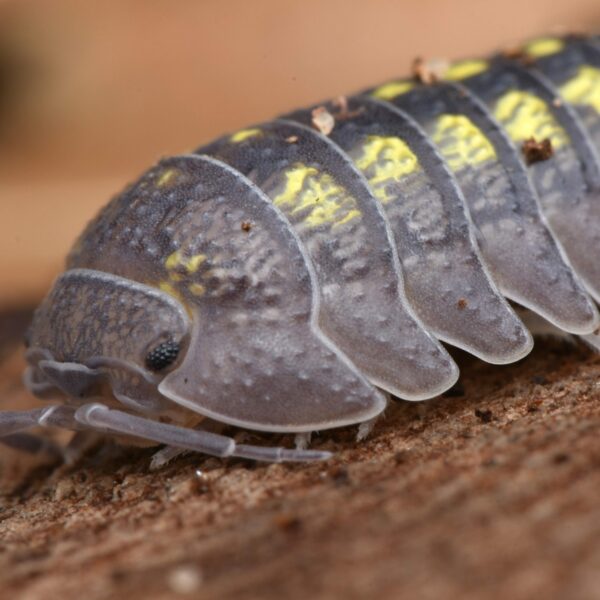
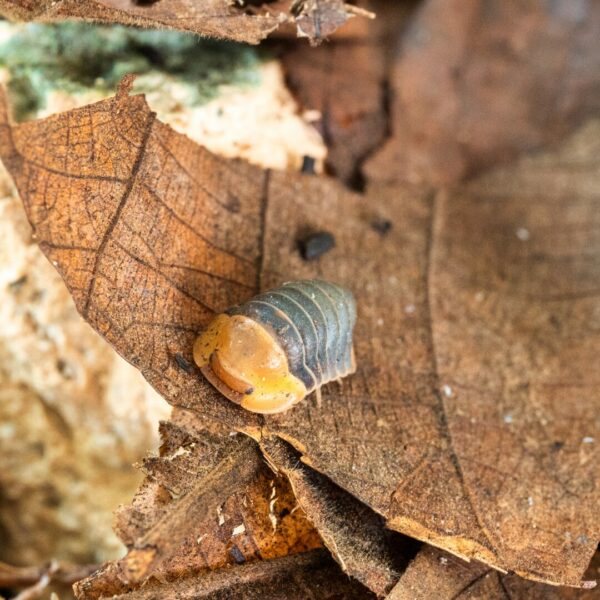
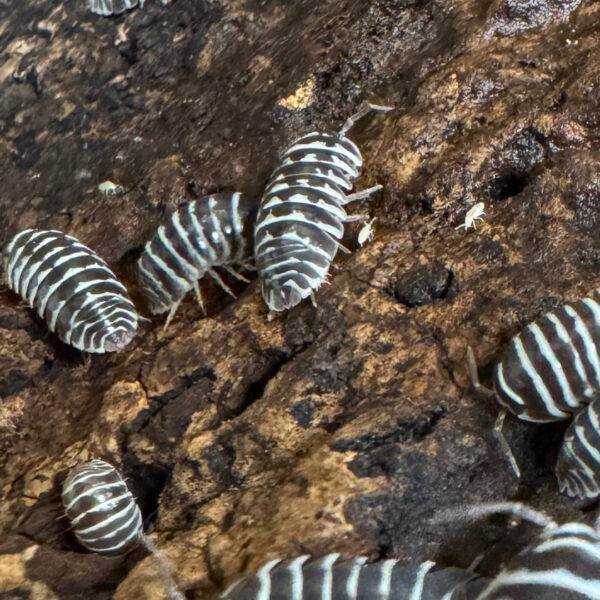
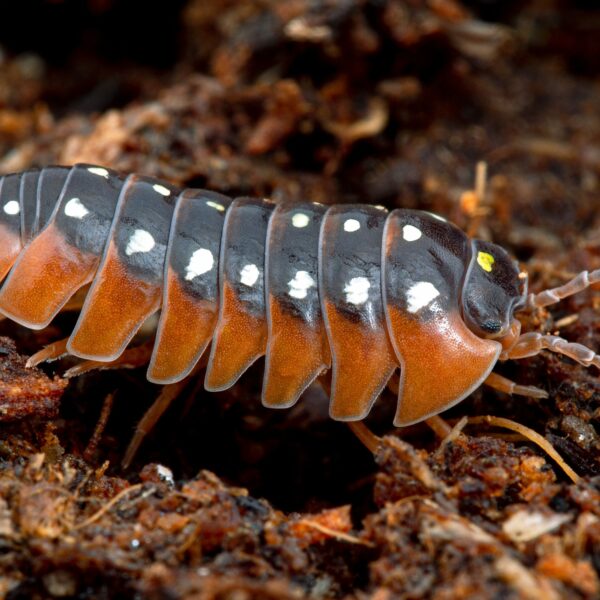
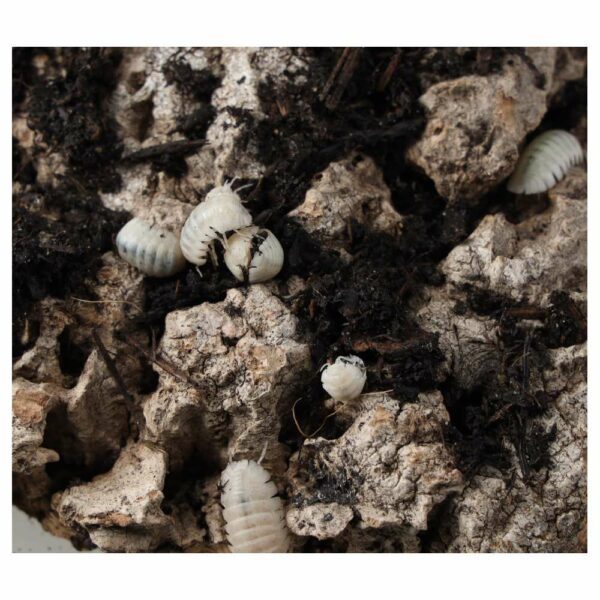
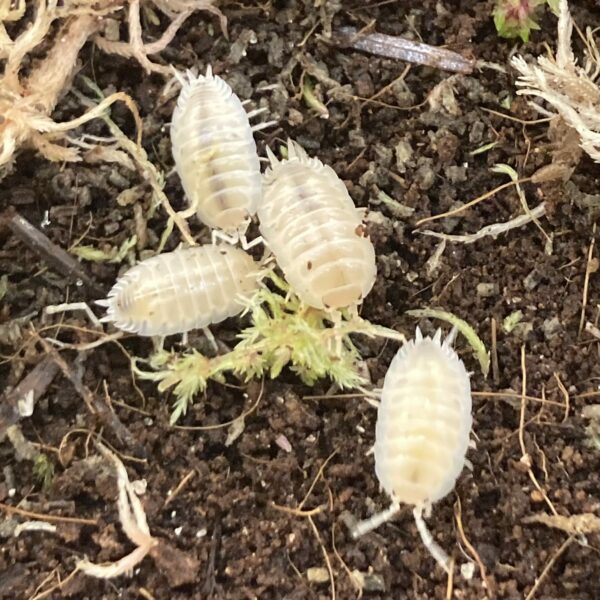
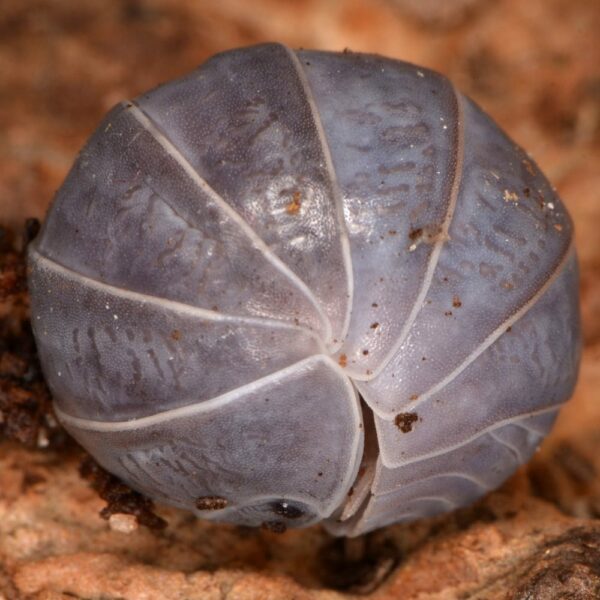
Isopods, commonly known as woodlice, pill bugs, sow bugs, or roly-polies, have unexpectedly gained popularity as invertebrate pets. These small crustaceans, distantly related to crabs and shrimp, come in a remarkable variety of species. With over 3000 known species worldwide, at least 45 native and naturalized isopod species thrive in the United Kingdom.
Woodlice, with their intriguing adaptations and diverse species, offer a fascinating glimpse into the world of invertebrates. Whether you’re a seasoned pet enthusiast or a curious beginner, these little crustaceans are worth exploring!
When we’re talking about our bioactive systems we often refer to the ‘clean up crew’ (sometimes just written as CUC), or ‘cleaner bugs’. These are the various species of animals that live in the soil of the bioactive vivarium to break down waste products into plant food. Dead leaves, rotting wood, shed skins and faeces are all processed by these helpful little creatures, and as a bonus some of them may well end up as a meal for the intended main tenant of the habitat.
These are a tropical species (Porcellionides pruinosus) that grow to around 1.3cm, and will consume any organic matter. They are large enough to provide a food source for crested and gargoyle geckos, and if given plenty of shelter and food will breed prolifically and provide an ongoing food source. They do appear to be particularly fond of dead leaves.
Another tropical species (Trichorhina tomentosa), these are the smallest of the three species we sell. Adults are 5mm long, and the babies are (obviously) even smaller, so make an excellent food source for very young lizards or dartfrogs. Probably the best at tolerating higher temperatures, they go dormant if it gets too cold but soon revive if the temperature rises again. Their best feature is that of all the species they seem to be very fond of poo! They will also feed on moulds and fungi, and reproduce readily.
These are a colour morph of Porcellio laevis, a common woodlouse species. At an adult size of 1.8cm, these are enormous compared to the other two species and are even large enough to provide a nutritious snack for a bearded dragon. Just like the previous two species they thrive on waste material around the vivarium, and will soon build up numbers if there are plenty of damp areas for them to hide.
Copyright 2021 Evolution Reptiles
All rights reserved.